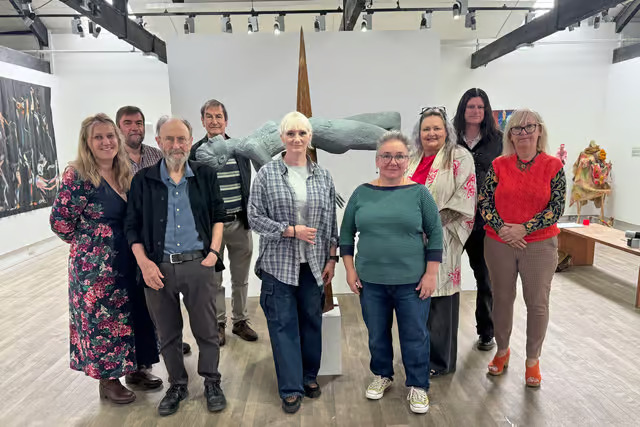In Sunderland, a fresh exhibition inspired by the legend of The Washington Witch has opened, bringing together folklore, local history, artistry, and storytelling. The work is rooted in the community’s connection to the story and its cultural resonance.
The display features artwork, illustrations, archival references, and narrative panels portraying different versions of the tale and how it has been told over time—through oral tradition, literature, and recent reinterpretations.
One of the exhibits explores the historical context: what the “Washington Witch” story might have arisen from, how local topography, maritime history, and folklore intersected to give rise to regional legends.
Artist works use mixed media—painting, sculpture, digital reinterpretation—to represent themes like fear, superstition, community cohesion, and the boundary between myth and memory.
The exhibition has been laid out to immerse visitors: lighting and sound have been designed to evoke atmosphere; details like old map reproductions and seascape visuals help situate the story in place.
Workshops are running in tandem for local community members—especially youth—to contribute their own artistic responses (stories, art, performance) based on the legend, fostering a living tradition.
Historical archive material—old newspapers, folklore collections, regional books—are displayed to show how the Washington Witch story changed over a century, influenced by cultural shifts, media, and oral retellings.
For Exhibition Globe readers (curators, exhibition organisers, cultural heritage professionals), this show is a fine example of folklore-based exhibition design: how to balance myth and history, emotional engagement, visual storytelling, and engaging community participation.







